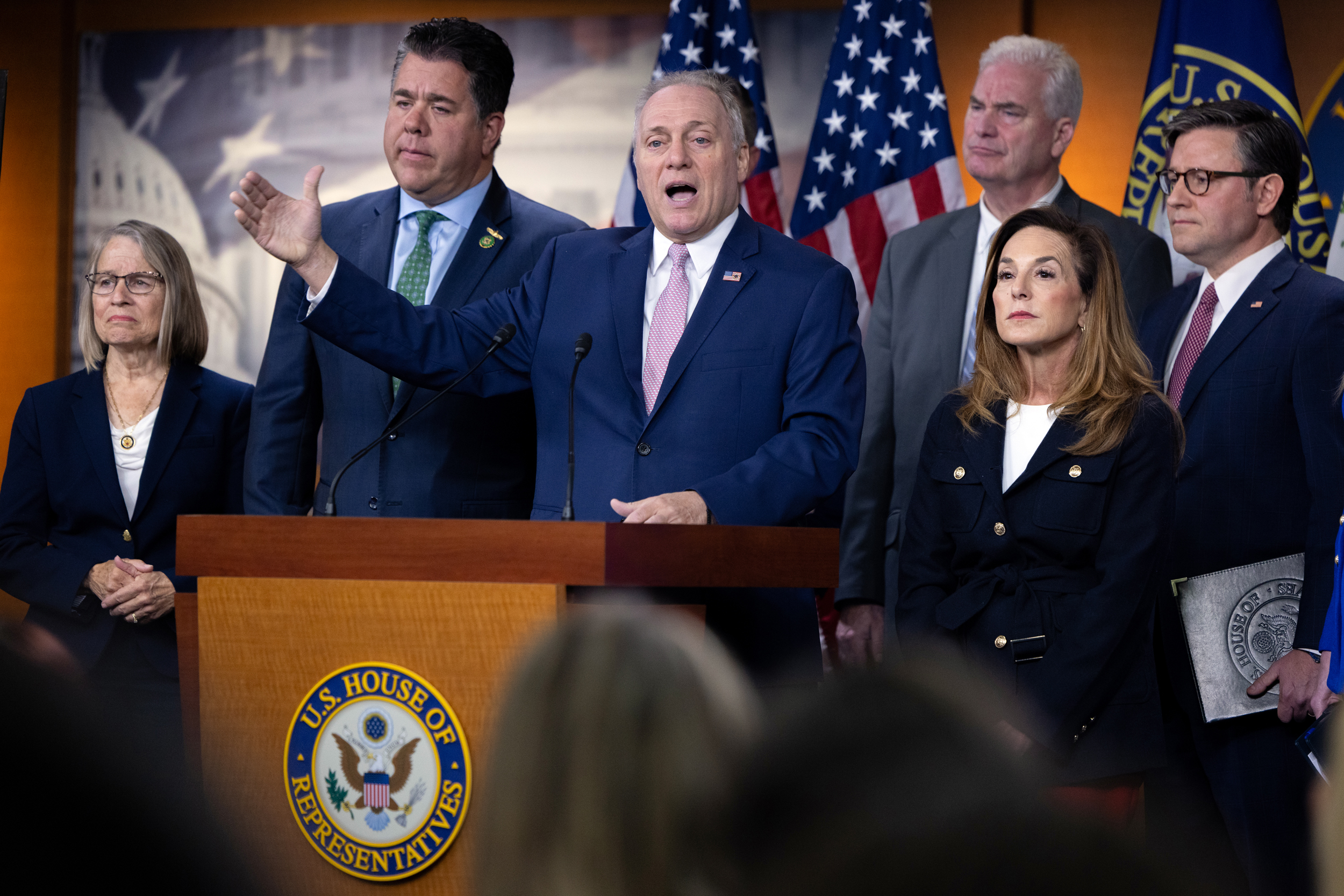After Republicans in the U.S. House of Representatives invoked the Congressional Review Act against Bureau of Land Management land-use plans last month, experts warned that similar future actions could potentially impact management plans in other states that fall under different federal agencies.
In September, the House passed resolutions under the Congressional Review Act (CRA)—a little-known 1996 law that Congress enacted to overturn certain federal agency actions through a special review process—to roll back three resource management plans (RMPs) for managing public lands under the BLM for Montana, Alaska and North Dakota. Those plans collectively guide decisions on over 166 million acres, shaping oil and gas leasing, renewable energy, grazing and habitat protections. The Senate voted to approve all three rollbacks on Oct. 8 and 9.
While there are no BLM managed public lands in any Midwest states, those who track public land policy warned that if the CRA applies to BLM, for example, it could potentially also apply to U.S. Forest Service (USFS), the Fish and Wildlife Service (FWS) and National Park Service plans. Those agencies oversee lands in Midwest, Southern and East Coast states.
“It would translate into potentially reviewing plans by the Forest Service as well as the Fish and Wildlife Service for the management of national wildlife refuges, as well as the National Park Service,” said Sam Kalen, McKinney Family Chair in Environmental Law at Indiana University McKinney School of Law. Kalen joined 30 other legal experts in signing an open letter opposing the resolutions last month.
“What you would see next is an effort to try to mirror what’s happening in the West to park lands, or wildlife lands, or forest lands…,” he said. “What we’re seeing is an effort by some in Congress, as well as potentially maybe some in the administration, to try to adversely affect how we’re going to be managing and protecting our resources in the future.”
Invoking the CRA in this manner would give Congress the final word on documents that have historically been crafted through years of federally mandated public comment, tribal and stakeholder consultation, on-the-ground land manager input and environmental review intended to balance multiple uses, such as grazing, energy development, recreation and conservation.
If the CRA application broadens as experts fear it will, every time a new plan is developed to determine the management objectives and activities allowed on those lands in the future, the agency will have to submit the plan changes to Congress.
Kalen gave the example of the BLM plan to end coal leasing in the Powder River Basin in Wyoming. “If you want to change the plan to allow coal leasing, what that would mean is you would go develop a new plan, and you’d have to submit that to Congress with a potential CRA possibility,” Kalen said. “What I think some of the Republicans want to do is be able to take a look at the plans issued under the Biden administration, such as the plan that effectively shut down coal leasing, and be able to overturn that plan.”
If an agency such as the USFS wanted to change an existing plan for activities that occur on public lands, the plan would be subject to congressional disapproval. This hasn’t been done in the past, and “it’s going to create a nightmare and considerable uncertainty for all affected parties if the agencies have to wait and see what happens in Congress under the CRA every time they change or amend their plans,” Kalen said.
This is worrisome, he said, because of the CRA’s “substantially similar” clause, which prohibits agencies from issuing new rules that are too much like those Congress has rejected using the act. However, the term is poorly defined, so plans could be struck down without explanation, making it more difficult for agencies to draft a new one.
If an agency goes through the process for developing a plan, including gathering public input and working on the plan for over a year and the plan gets thrown out, that agency has also wasted time, resources and expertise. This could deter them from developing new plans, he explained.
The CRA was intended to be used to overturn recently enacted federal regulations. Kalen speculated that Republicans’ objective is to more easily overturn plans passed during the Biden administration, as this is not the first time the Trump administration has used it. For example, Trump rescinded Obama-era methane rules, along with about 100 other environmental regulations, during his first term. But within months of Biden’s election, the Democratic-controlled Congress rescinded Trump’s rescission of the methane rules; it was one of three Trump actions lawmakers killed using the CRA.
Another expert who also signed the open letter explained that since BLM manages public lands under the Federal Land Policy and Management Act, invoking the CRA in this context could have long-term implications for management plans on other statutes.
“If Congress is successful in using the CRA to overturn a BLM resource management plan, they could then use the same principles to overturn other federal agencies’ planning documents,” said Alexandra Klass, a law professor at the University of Michigan Law School who also served as the deputy general counsel for energy efficiency and clean energy demonstrations at the Department of Energy from April 2022 to July 2023. “I don’t think it’s an appropriate use of the CRA for any of them, but it’d be the same idea.”
Klass added that although agencies like the USFS have their own planning processes under their respective enabling statutes, if Congress is able to invoke the CRA for BLM plans, “they could do it for the department of the Forest Service’s equivalent.”
“In theory, if they are successful in using the CRA to get rid of a resource management plan, they could do that anywhere,” she added, but specified that experts’ main concerns are currently about Western plans. Many land use plans in Midwest states, she explained, are decades old and less likely to be targeted than Biden-era plans in Western states.
Long term, Klass said that requiring plans to be approved by Congress could result in BLM lands that are not protective of the environment, as “it takes away some of the tools that the agency has to guide land use.” For example, BLM has a multiple-use mandate that requires an RMP to balance recreation, industry and environmental protection, setting priorities for different types of lands that have various features and resources.
“By taking those away you could have uncertainty for different types of activities,” Klass said, “and you also have much less ability to restrict certain types of development that can harm other uses of federal lands.”
About This Story
Perhaps you noticed: This story, like all the news we publish, is free to read. That’s because Inside Climate News is a 501c3 nonprofit organization. We do not charge a subscription fee, lock our news behind a paywall, or clutter our website with ads. We make our news on climate and the environment freely available to you and anyone who wants it.
That’s not all. We also share our news for free with scores of other media organizations around the country. Many of them can’t afford to do environmental journalism of their own. We’ve built bureaus from coast to coast to report local stories, collaborate with local newsrooms and co-publish articles so that this vital work is shared as widely as possible.
Two of us launched ICN in 2007. Six years later we earned a Pulitzer Prize for National Reporting, and now we run the oldest and largest dedicated climate newsroom in the nation. We tell the story in all its complexity. We hold polluters accountable. We expose environmental injustice. We debunk misinformation. We scrutinize solutions and inspire action.
Donations from readers like you fund every aspect of what we do. If you don’t already, will you support our ongoing work, our reporting on the biggest crisis facing our planet, and help us reach even more readers in more places?
Please take a moment to make a tax-deductible donation. Every one of them makes a difference.
Thank you,













